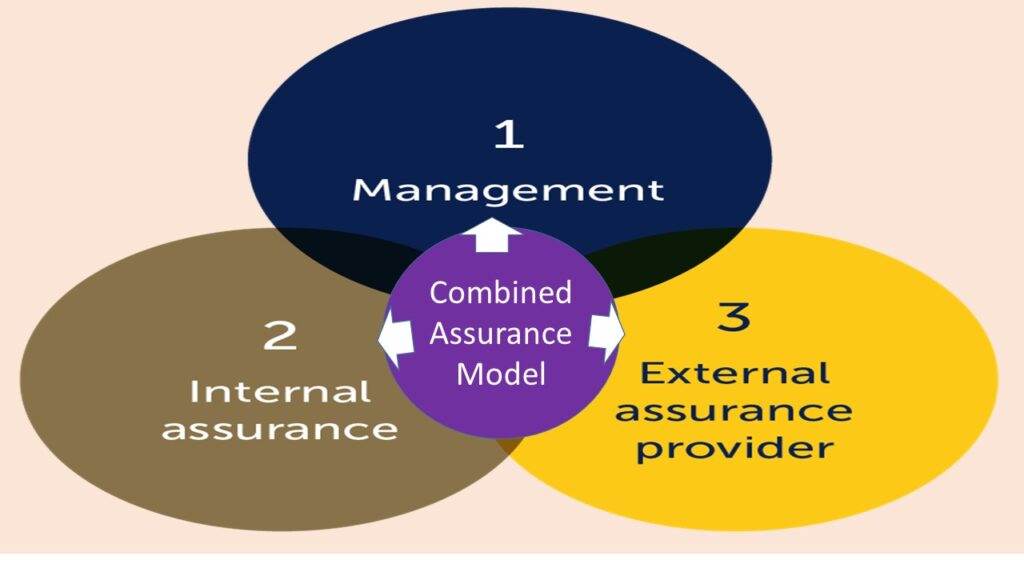The big issues with the current assurance delivery
In addition to the duplication of work efforts, repetitive and untimely reports and inconsistent views and opinions of the truth issues earlier mentioned, other big problems with the current assurance delivery include the following:
- lack of root cause analysis which makes the recommendations on the assurance reports to appear symptom-driven rather than root-cause-driven,
- focus on mundane issues in the assurance reports rather than the critical risk exposures,
- unrealistic recommendations in the assurance reports which are mostly misaligned with the corporate goals, objectives and strategies.
- Lack of clarification of the exact costs and benefits of the recommendations provided in the assurance reports. In some cases, the cost of implementing the recommendations often appear to outweigh the benefits.
- difficulty to spot the specific actions, responsibilities and timelines required to implement the recommendations,
- lack of visibility of the key performance measurement indicators (KPI) to help gauge the success or failure of the recommendations provided.
The aforementioned issues pose big challenges to the end users of the different assurance reports and limit decision making support. The need to address the above issues increased the pressure and demand from the business leaders and regulators for quality improvement and cost savings through harmonization of the different assurance reports and stronger collaborations amongst the assurance providers.
Some of the common strategies adopted by different organizations to achieve harmonization of the multiple assurance reports include:
- Centralized reporting structure – having risk management, internal audit, internal control and compliance report directly to the same head of department.
- Consolidation of assurance reports – getting the different assurance reports and manually consolidating them.
- Combined Assurance – integrating the work of all the assurance functions right from planning through execution, incidents management and reporting stages,
Combined Assurance Model provides better solution above the centralized reporting structure and consolidation methodologies. The centralized reporting structure and consolidation strategies take longer time and do not eliminate duplication of work efforts during engagement execution. In addition, many relevant information may have been missed right from engagement planning through completion stages which may not be known during reporting.



Very insightful!
A Combined Assurance Model (CAM, if properly deployed will eliminate waste of resources, optimise assurance cost and ultimately a plus to the bottom line!